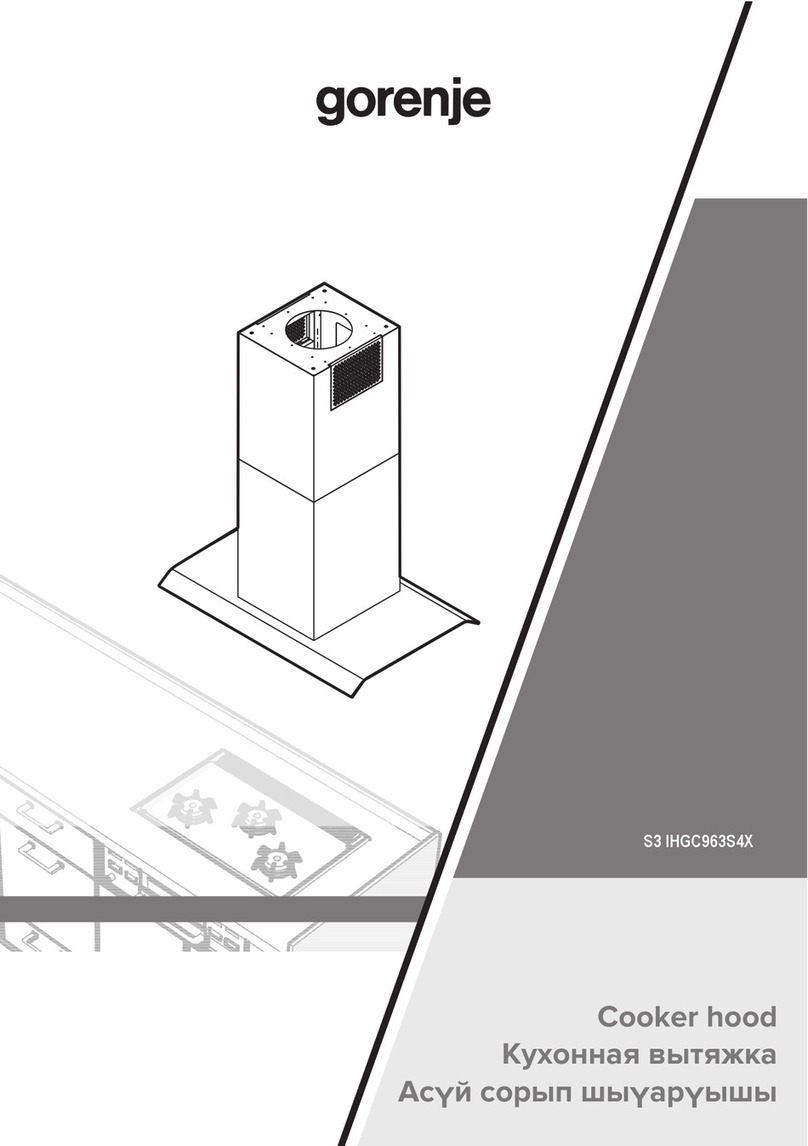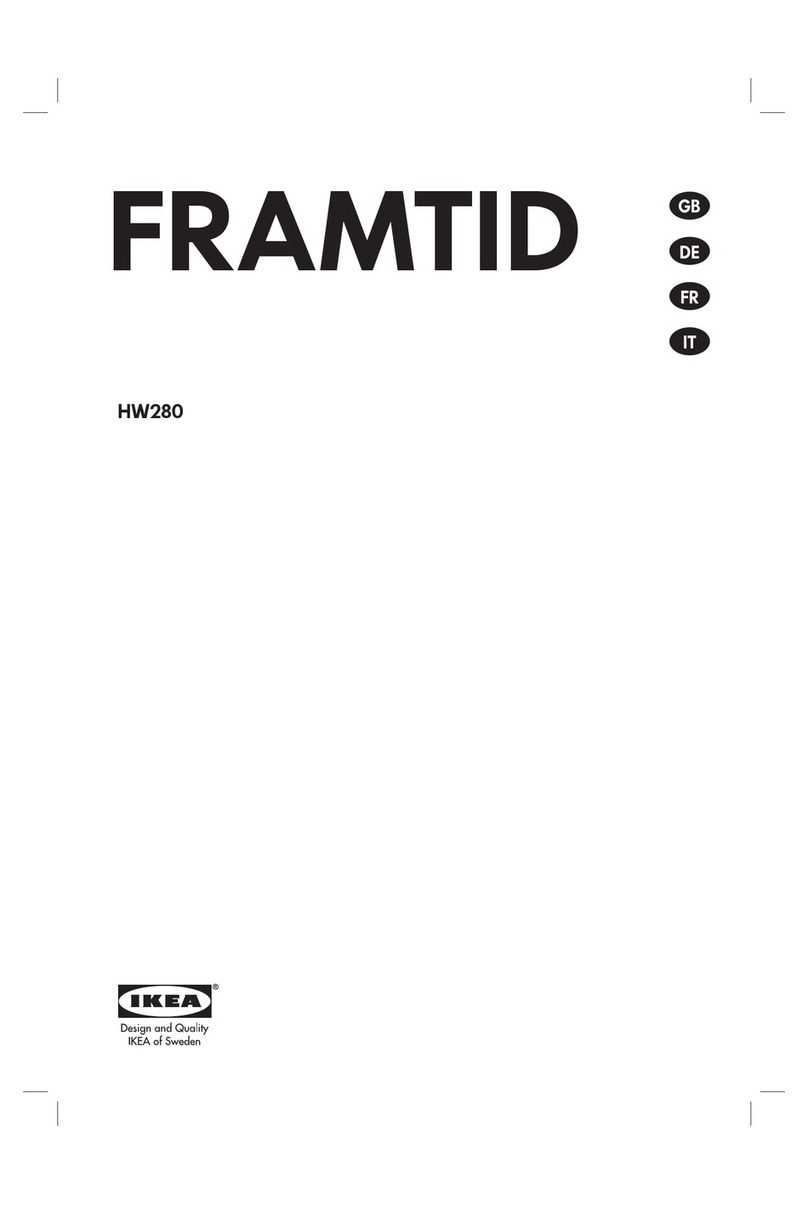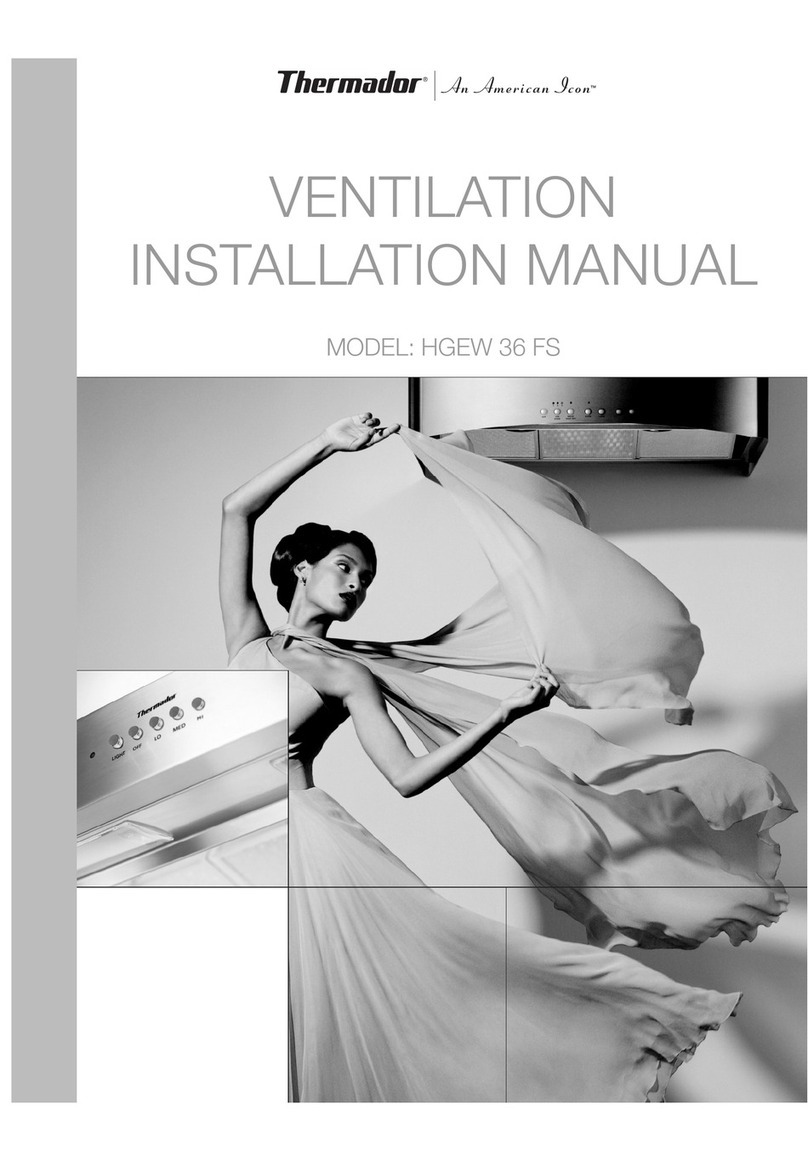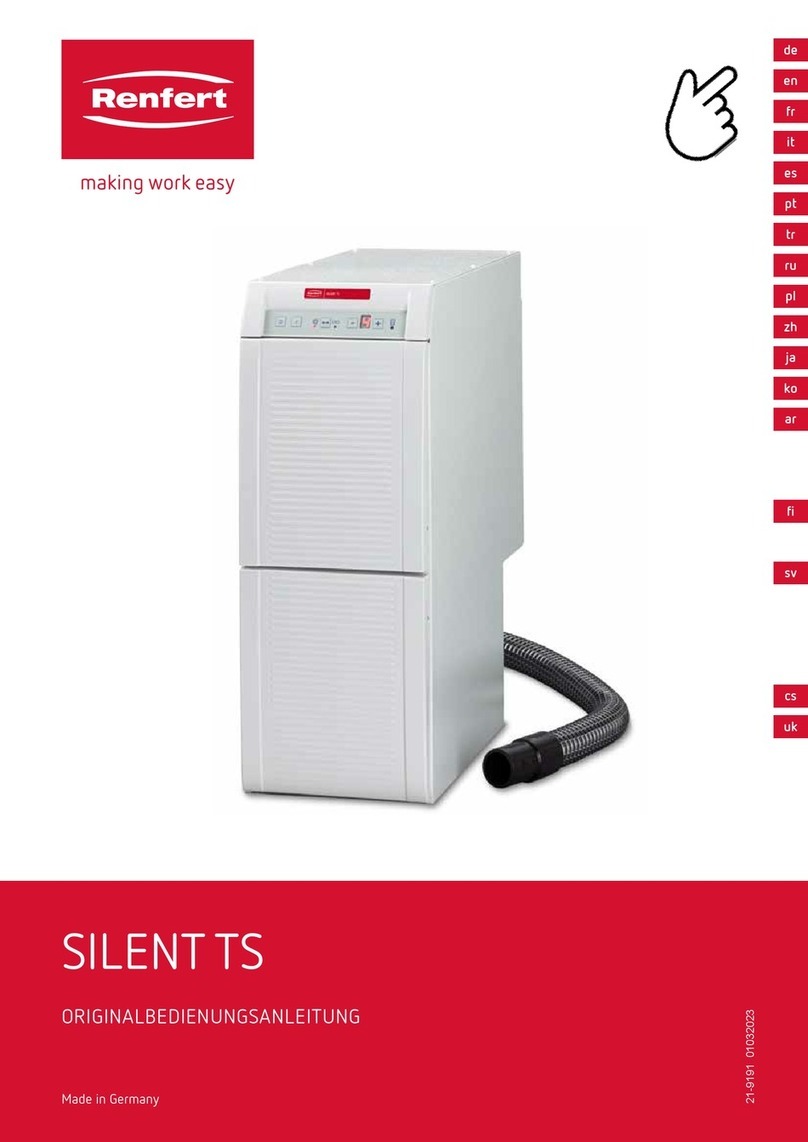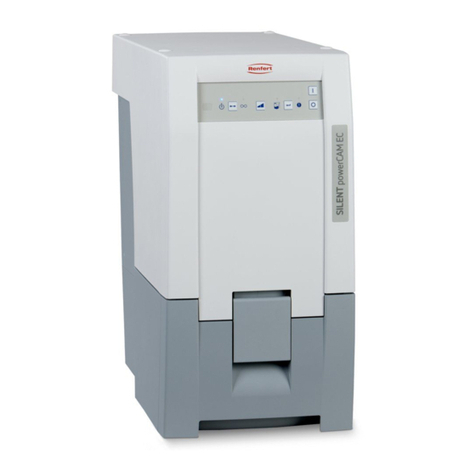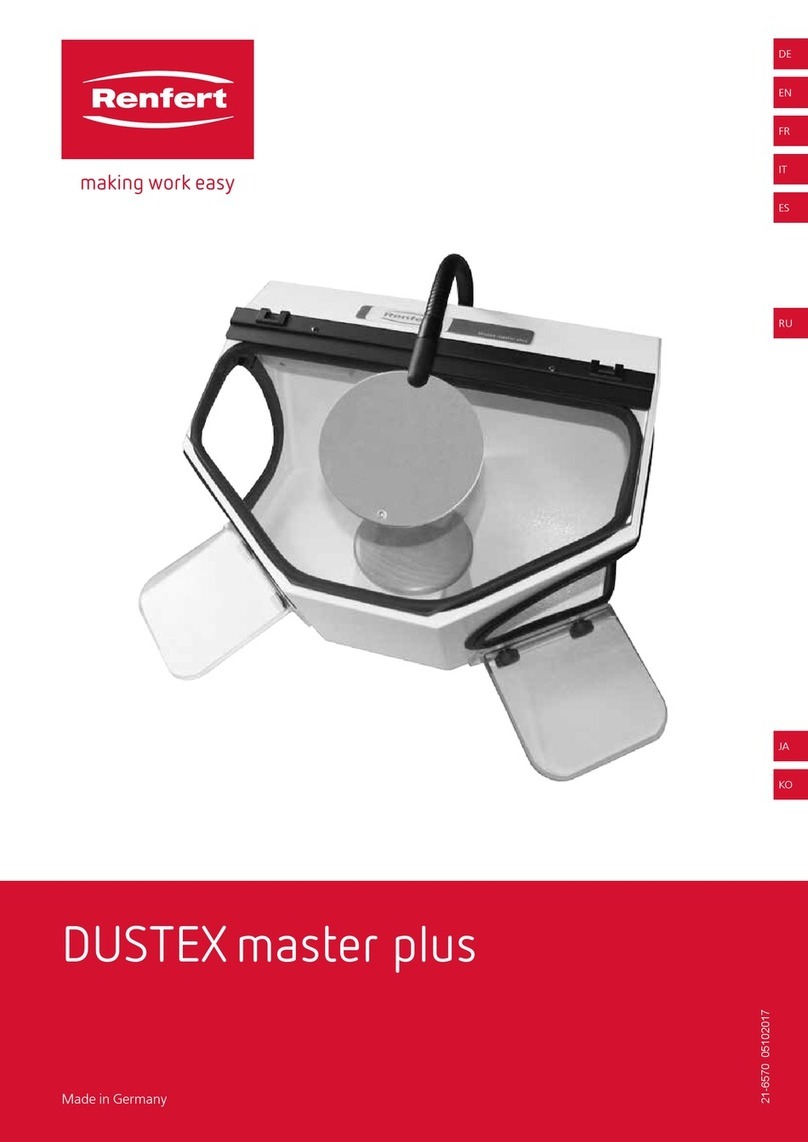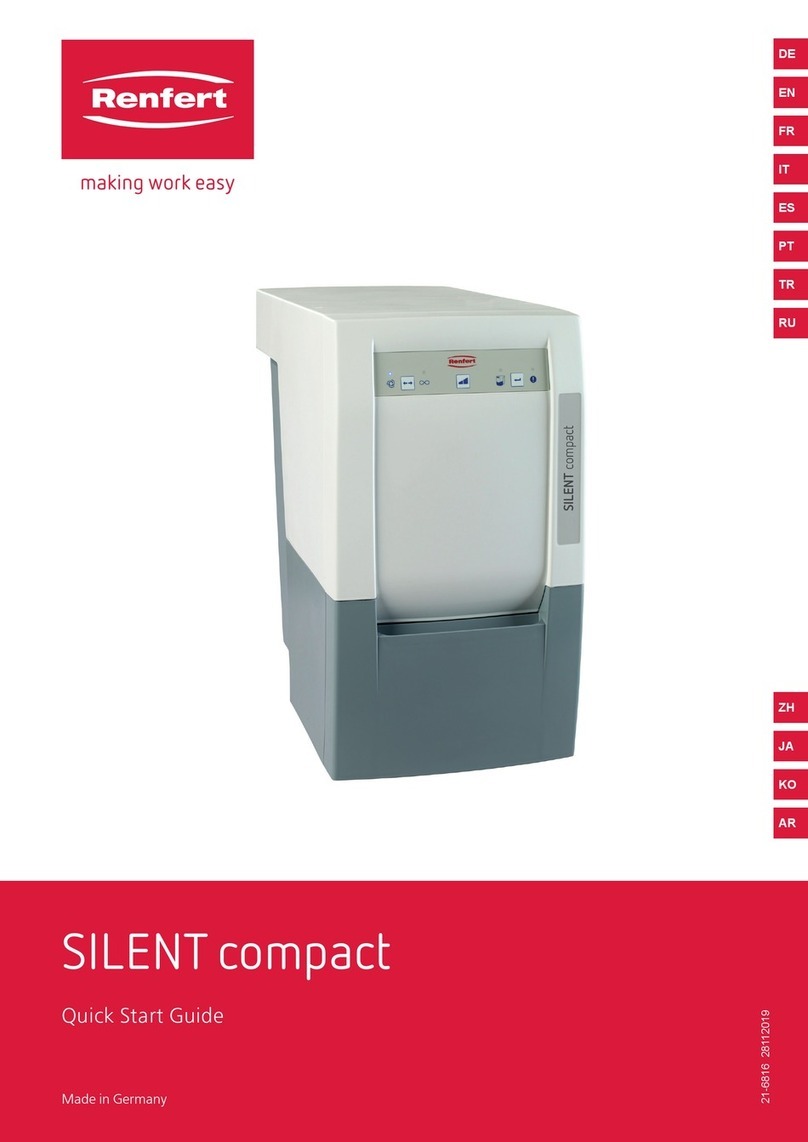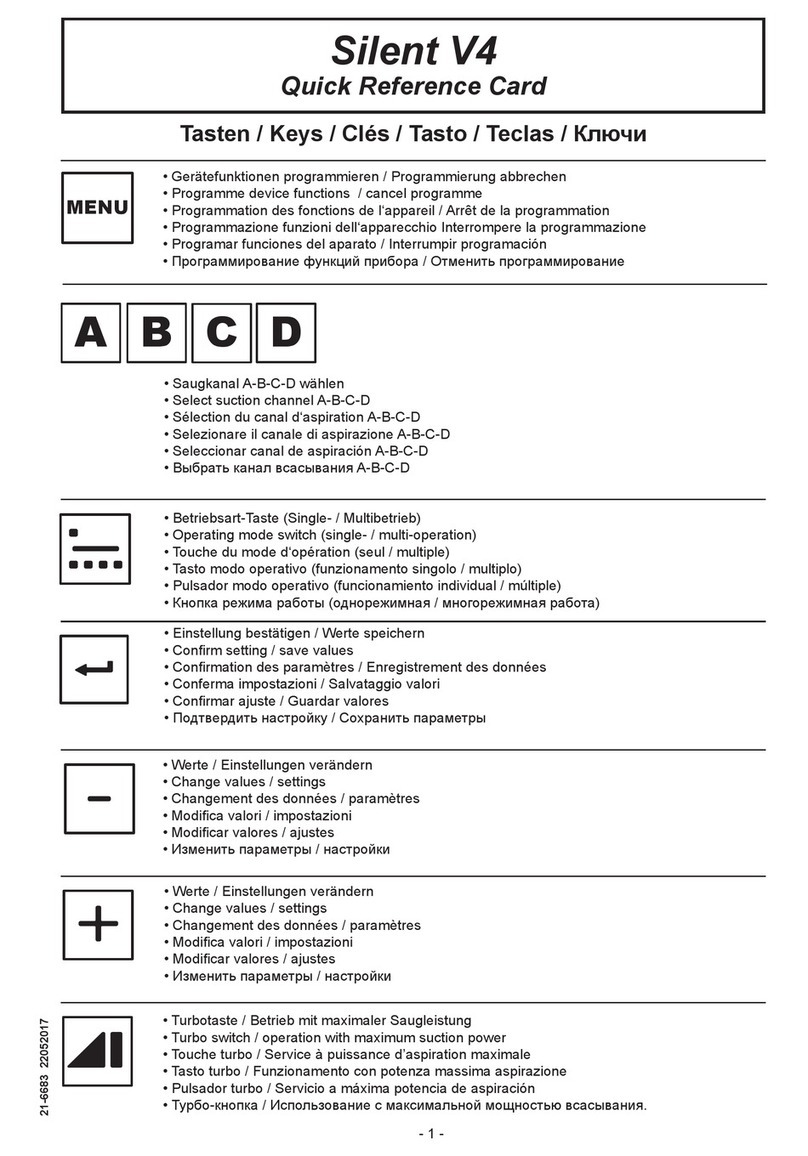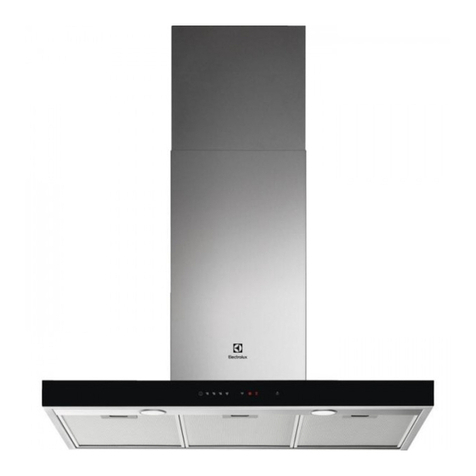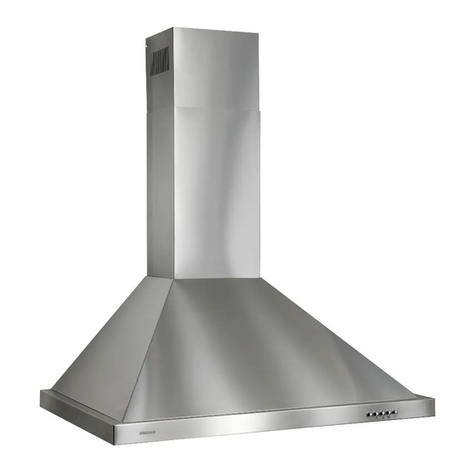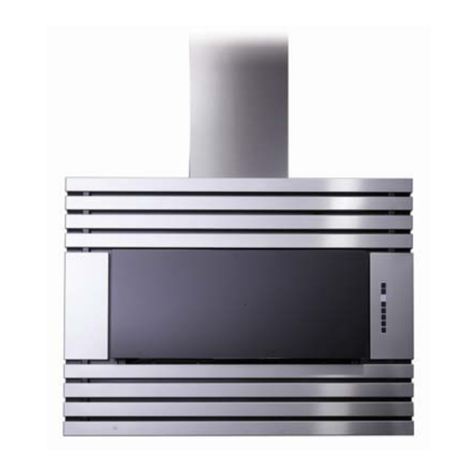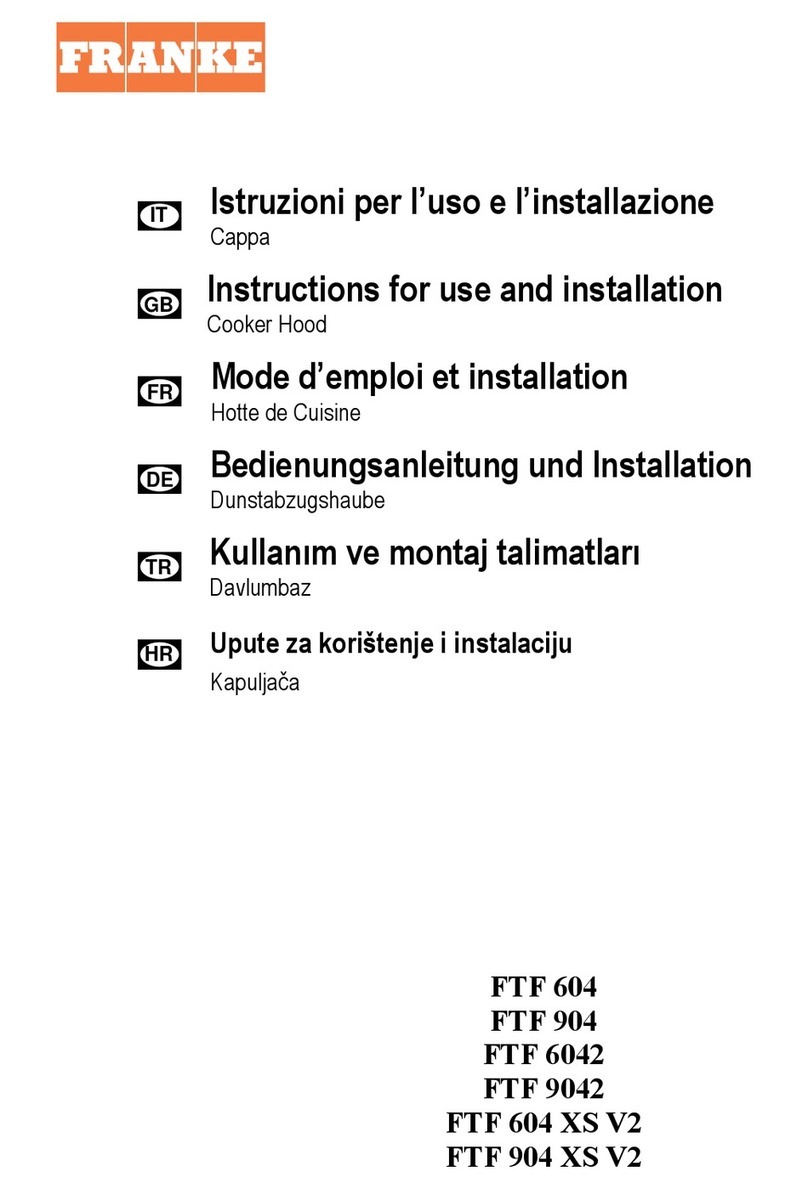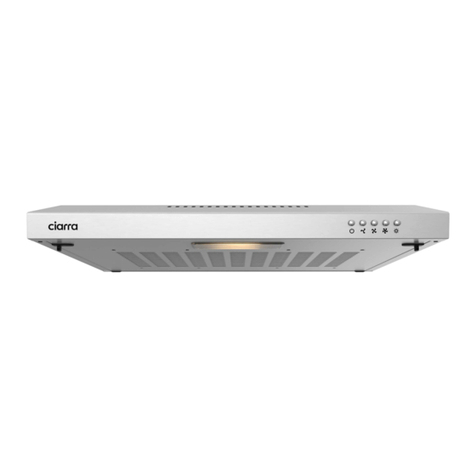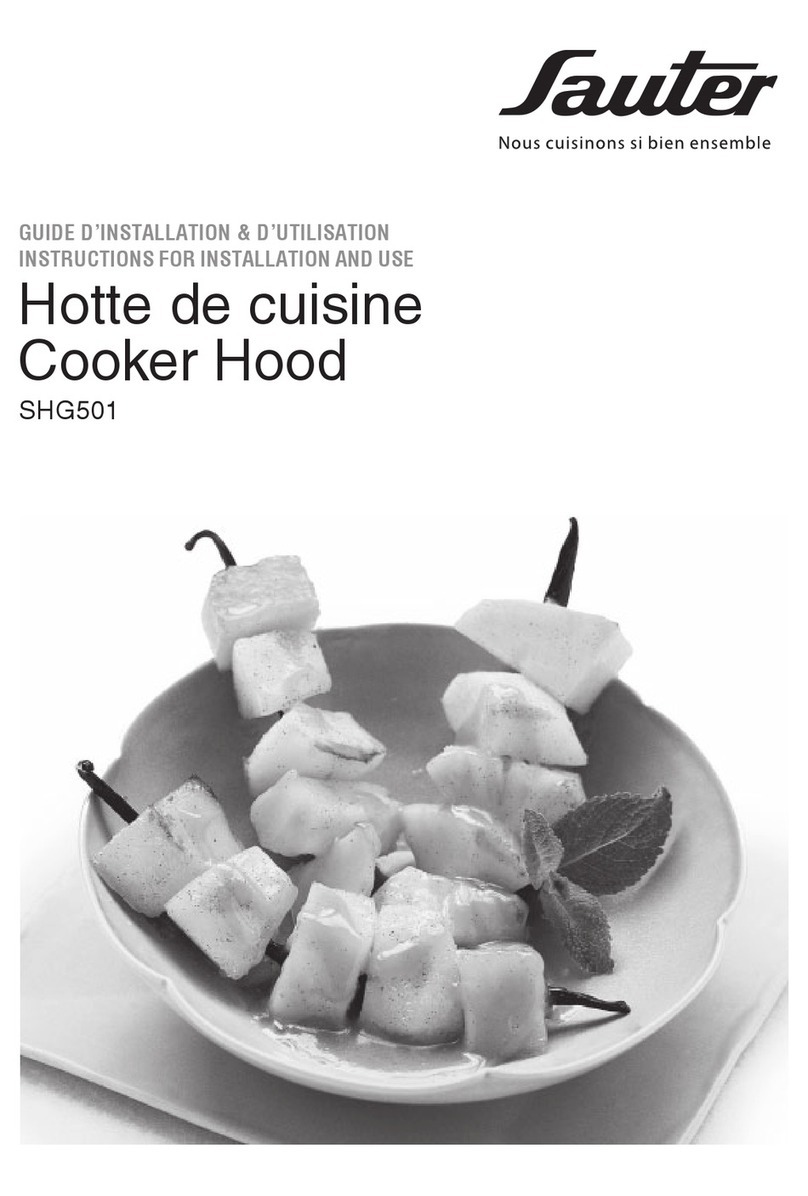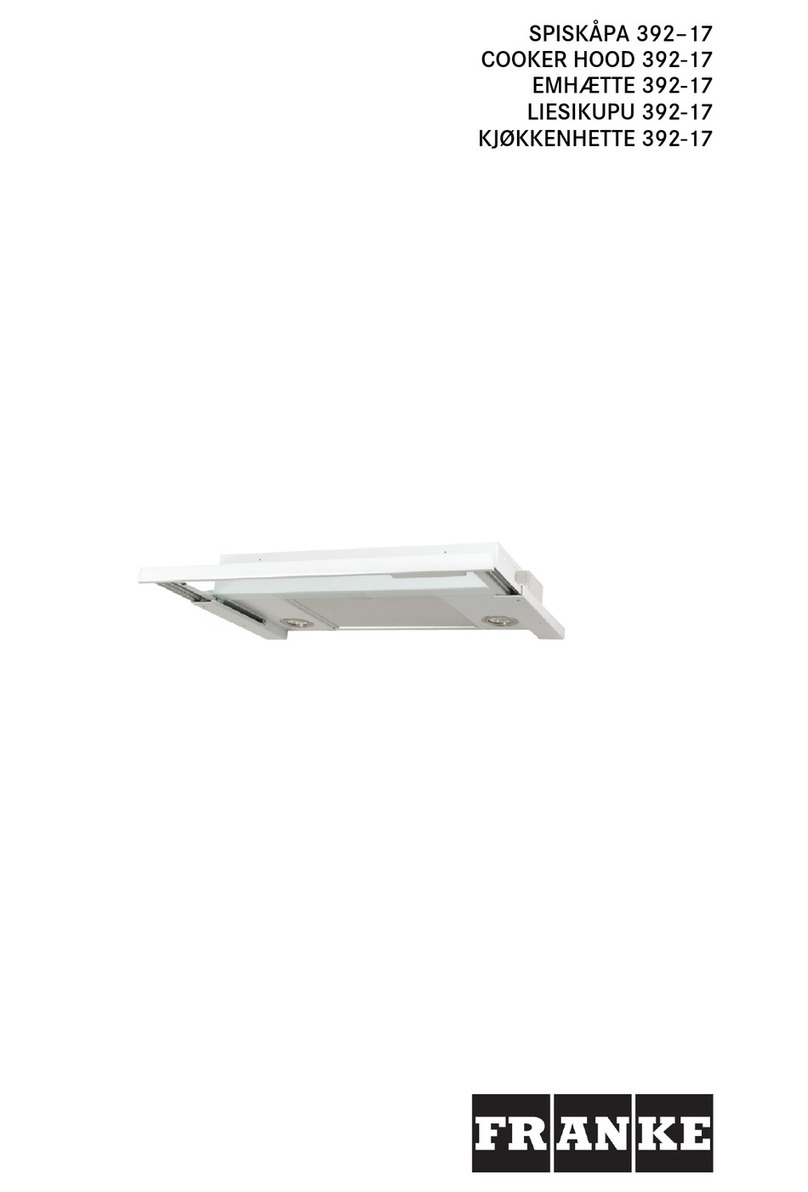- 1 -
Silent TS2
Nr. 2930 0050 / 2930 1050
ENGLISH
Content
1. Introduction.......................................................................................................................2
1.1 Symbols ..........................................................................................................................2
2. Safety ................................................................................................................................2
2.1 Intended Use ....................................................................................................................2
2.2 Improper Use....................................................................................................................3
2.3 Ambient Conditions for Safe Operation...................................................................................3
2.4 Ambient Conditions for Storage and Transport.........................................................................3
2.5 Hazard and Warning Information...........................................................................................3
2.5.1 General Information ..........................................................................................................3
2.5.2 SpecicInformation ..........................................................................................................4
2.6 Authorized Persons............................................................................................................4
2.7 Disclaimer........................................................................................................................4
3. Product Description........................................................................................................4
3.1 General Description ...........................................................................................................4
3.1.1 Areas of Application ..........................................................................................................5
3.2 Components and Functional Elements ...................................................................................5
3.3 Scope of Delivery ..............................................................................................................6
3.4 Accessories......................................................................................................................6
4. Setting Up .........................................................................................................................7
4.1 Unpacking........................................................................................................................7
4.2 Setup ..............................................................................................................................7
4.2.1 External Exhaust Air Route ..................................................................................................7
4.3 Electrical Connection..........................................................................................................7
4.4 Compressed Air Connection.................................................................................................7
4.5 Installing the Pinch Valves ...................................................................................................8
4.5.1 Suction Pipe Alteration .......................................................................................................8
4.6 Connection to the Extraction Point.........................................................................................8
4.7 Electrical Connection..........................................................................................................9
5. Operation ..........................................................................................................................9
5.1 Switching the Unit On .........................................................................................................9
5.1.1 Stand-By .....................................................................................................................9
5.2 Operation.......................................................................................................................10
5.2.1 Extraction ..................................................................................................................10
5.2.2 Extraction force ............................................................................................................10
5.3 Programming.................................................................................................................. 11
5.3.1 Self Diagnosis..............................................................................................................11
5.3.2 Audible Signal..............................................................................................................11
5.3.3 Dust Bag Full...............................................................................................................12
5.3.4 Start-Up Threshold .........................................................................................................12
5.3.5 Shut-Off Delay (3 - 30 sec.) ................................................................................................13
6. Cleaning / Maintenance...............................................................................................14
6.1 Replacing the Dust Bag ....................................................................................................14
6.2 Filters............................................................................................................................14
6.2.1 Replacing the Fine Particle Filter ..........................................................................................15
6.2.2 Replacing the Exhaust Filter ..............................................................................................15
6.2.3 Replacing the Electronics Filter ...........................................................................................15
6.2.4 ChangeCommpressedlter ...............................................................................................15
